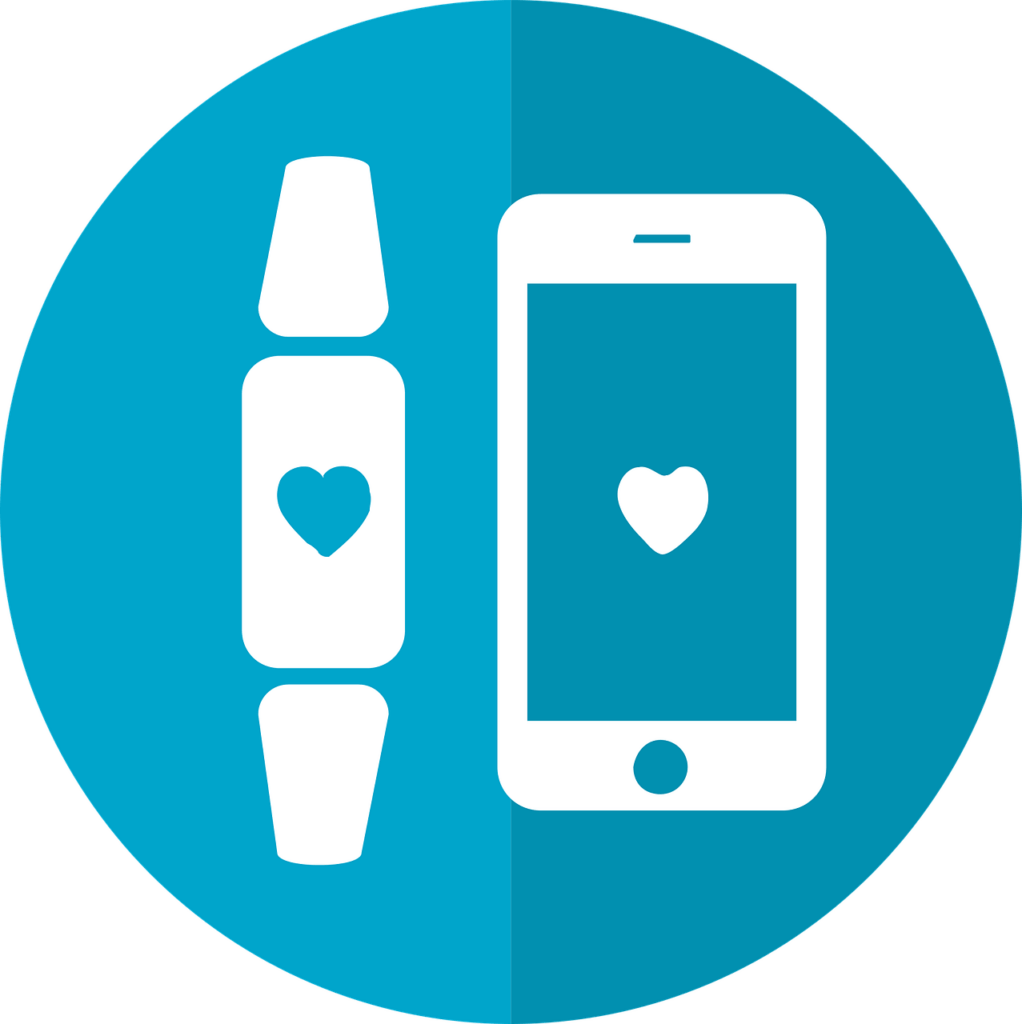3 Ways How HealthTech Is Helping Employees

The workforce is recognizing that technology, specifically HealthTech, is their ally and an efficient platform when it comes to enhancing and protecting their health, physiological, mental, and even emotional. In a survey conducted by Mercer Marsh Benefits, Mercer and Oliver Wyman, more than 16,000 employees named 15 digital health platforms as important to their well-being and daily productivity. On the top of the list of the user base that has grown accustomed to on-demand services is the immediate availability of a doctor, a medical practitioner, or health services anytime it is needed.
Human resource managers who want to keep pace with the colleagues they work with can take a look at these top three HealthTech tools that can develop a healthy and motivated workforce:
Digital measurements
Wearables and digital biomarker apps: These tools have left the realms of science-fiction to become practical realities in a workplace that is accelerating—and expanding—its digitalization. Today’s smartwatches can consistently monitor heart rate and skin temperature, and record the kind of food and number of exercises that its user is eating and taking every single second. The more advanced ones have chatbots whose conversations with their “masters” can check their mood or anxiety level based on the tone of their voice. The more inventive employers, working with software programmers, can even pepper the conversations with instant tips and guidelines on what the user can do in case they are experiencing overwhelming negative emotions.
The data in these wearables can also be aggregated, studied, and analyzed, to give the employers an overall picture of the health status of their workforce at any given time, without violating their anonymity or privacy.
From portals to apps
Health platforms or a virtual library that contains e-books, manuals, videos, and other resources beat a nervous employee’s Google search efforts any time. At just the click of a finger, they can immediately access a wealth of medical information ranging from actual illnesses and their respective treatments to more lifestyle-like topics like sleep, stress, and focus. Human resource managers can also install specific programs that address issues that are particular to their organization and industry, e.g. safety protocols for mining engineers or COVID-safety guidelines for food delivery personnel.
Health platforms also have a two-way communications system where the employee can bring up their concern to an informed party, e.g. licensed psychiatrist endorsed by management, at the other end of the portal. Online conversation happens through email, chatbots, or private messaging.
Health apps are more known to the individual employee who uses them more frequently than the more complex wearable or the more formal health platforms. One can easily choose from hundreds of them in the Android or Apple ecosystem which offers services covering dieting and exercise, marathon running, menopause management, and mental health counseling, just to name a few.
While it would not be surprising that an individual employee can have a few favorites of their own on their smartphones, human resources managers can take advantage of this trend by recommending one (or several) apps and asking the workforce to place them on their devices. As a group, all of them can come up with programs that can manage their health while addressing pain points on the job. One example would be stress management during advertising peak seasons. Online messenger groups can then foster open communication on these issues (again while respecting privacy) and create a stream of dialogue enabling management and employee to collaborate for solutions addressing pressing concerns.
Digital allies
These user-friendly sophisticated platforms can be customized to become support systems for a workforce that is becoming more health-conscious. In a far cry from the usual apocalyptic images associated with them, AI is a friend, not their foe.